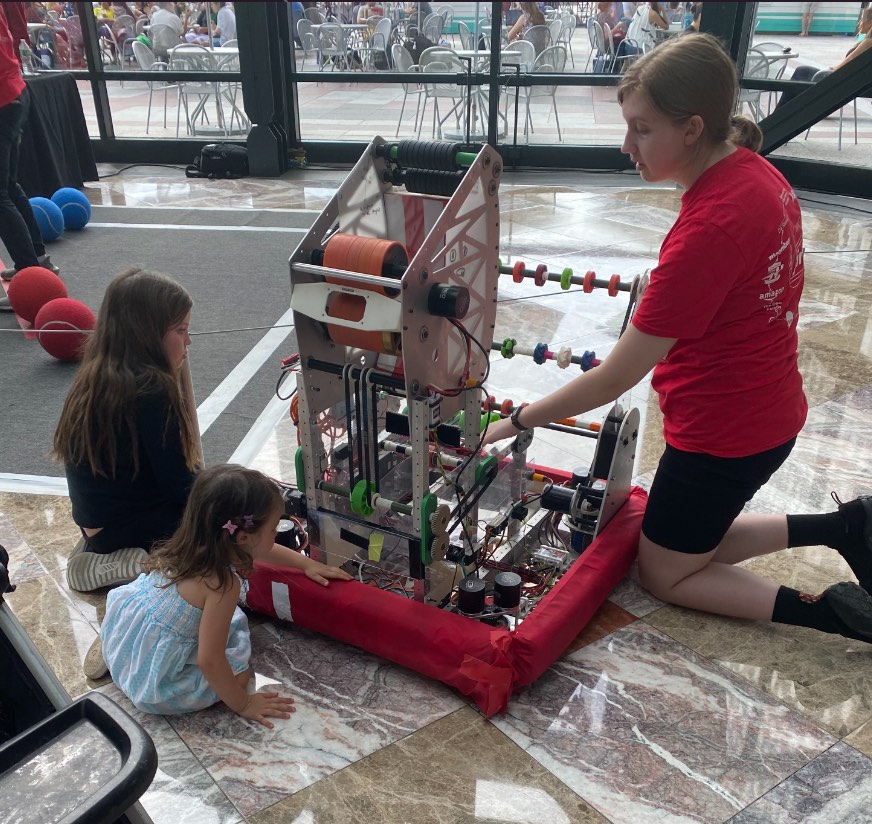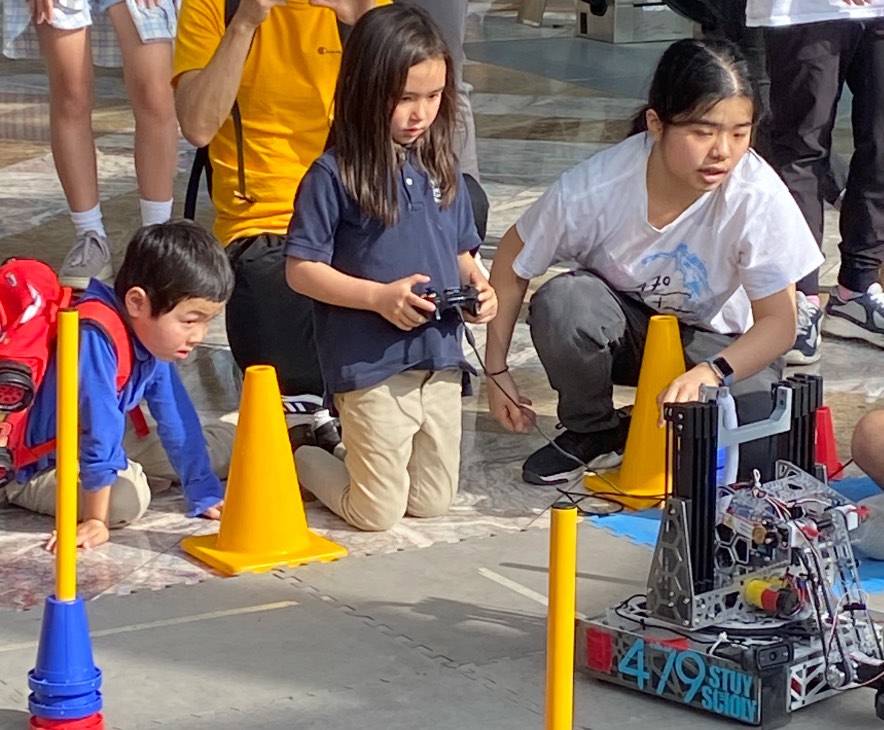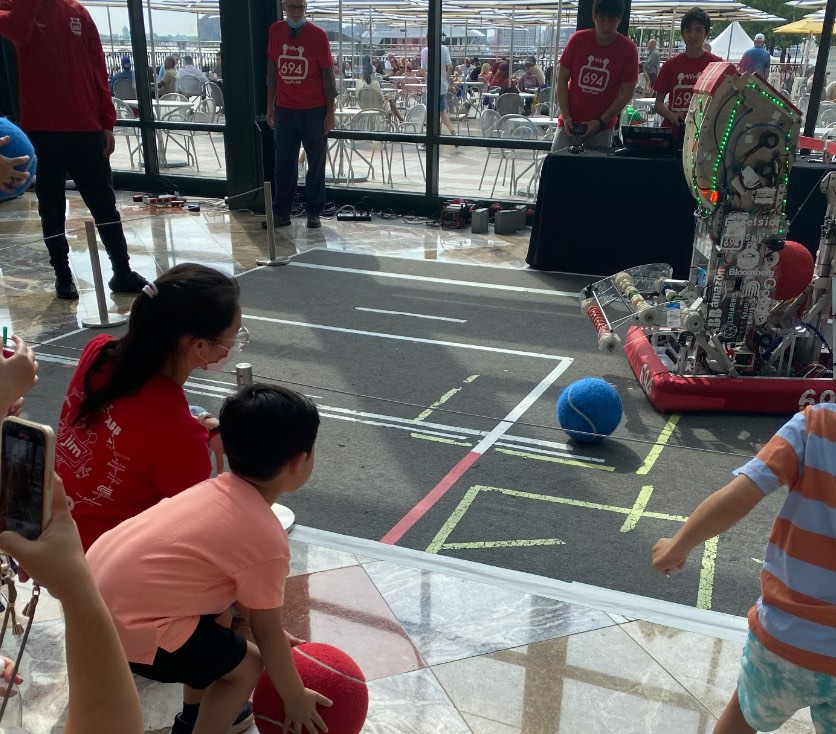My previous Mac only lasted four years. It’s successor made it much longer. At the 8 year mark, the battery was failing. I could have had it replaced for $250, but didn’t thought it was better to get a new machine rather than buy a battery and have the machine need replacement shortly after.
My choice
I had a 15 inch laptop last time, but went with the 13.6 inch. The retina display makes it feel similar, I was pleasantly surprised that the Air was so powerful, especially when adding to it. The specs:
- Apple M2 chip with 8‑core CPU, 10‑core GPU, 16‑core Neural Engine
- 24GB unified memory (I had 16 last time)
- 1TB SSD storage (I had half that before and used a good amount)
Buying the laptop
I went to the store to see the size and feel. I also needed to ask about the difference in colors and compare to my old machine. I went with Space Gray which is a color darker than what I had before.
In the store, they suggested I buy it online so I would know when it comes. (It wound up coming earlier.) I was still able to have it delivered to the store so that was fine.
Other hardware needed
I needed a USB-C to USB-A hub so I could plug in my existing devices. My wired keyboard and wired trackpad still work. I got a hub that also had HDMI so I could plug in my external monitor.
I also got a single USB-C to USB-A adapter so I can continue to use my clicker for presentations.
I still have to set up a security lock. I ordered the Kensington one. There weren’t a lot of choices and it doesn’t let me reuse my existing lock. The new one doesn’t allow closing the lid while the laptop is docked which will take some getting used to.
Setting up the laptop
Time Machine took care of most of the transfer and chip architecture differences. It ran most of the night to transfer all the data. It asks whether you want to start a separate backup or claim the history. I chose the later.
What I had to do:
- Cover camera with sticker.
- Agree to assorted licenses
- Dropbox had me reconfirm
- Reinstall key for SnagIt
- A lot of setting changes (see next section)
- I’ve had the laptop long enough to label it with my phone number and add stickers.
- That’s it. Everything else was remembered.
Settings need to reapply
Eight years ago I didn’t need to redo so many settings.
- Bring up brightness level to max. Hard to read at default resolution when not bright
- Chrome – changed startup settings to remember tabs
- Postgres – had to set a new password
- A lot of privacy/security settings. Many apps reprompted to get their permissions back
Updating apps
- IntelliJ offered to update for the new chip.
- Eclipse needed a reinstall with AArch 64 (my Eclipse was from 2021 though – I use a mix of IntelliJ and Eclipse). The installer noted I have a lot of Java versions installed and complained about the signatures for some. I chose cancel and it proceeded. I also had to delete the .m2 cache because Eclipse prompted me it wasn’t compatible.
- Zoom offered to update for the new chip
- I had to re-install BeFocusedPro to get it to be in the menu bar. It remembered I paid already at least.
- I installed 1Password 8. I don’t think this was necessary, but I couldn’t figure out the settings to have it open web pages in 1Password 7. And I would have upgraded soon anyway. I also needed to set up Universal Autofill on Mac so I could use command + \. (It used to automatically prompt me to use 1Password. I like the keyboard shortcut though)
Postgres
This was a lot so gets its own post.
Specialist appointment
Apple encourages a free online appointment with a “specialist” to go over new features. I did that and learned a few things.
Touch Id
The built in keyboard has physical keys. (not the touchbar of the past; glad I missed that model.) On the top right (next to F12) is a touch key for touch id. (My old machine had a power button there) So far, I’ve used it for 1Password, unlocking after initial bootup for the day and Apple settings. I also set up a second finger to work with touch id.
I can’t logon to Twitter using the official app. It still remembers me as @jeanneboyarsky and asks for a password to verify my identity. Then gives an error. I tried uninstalling and reinstalling. My browser session still works so I’m afraid to change my password to see if that fixes. It’s not a big deal to use the web app. I mainly browse on my phone/tablet, so it is only for posting on the computer anyway.




